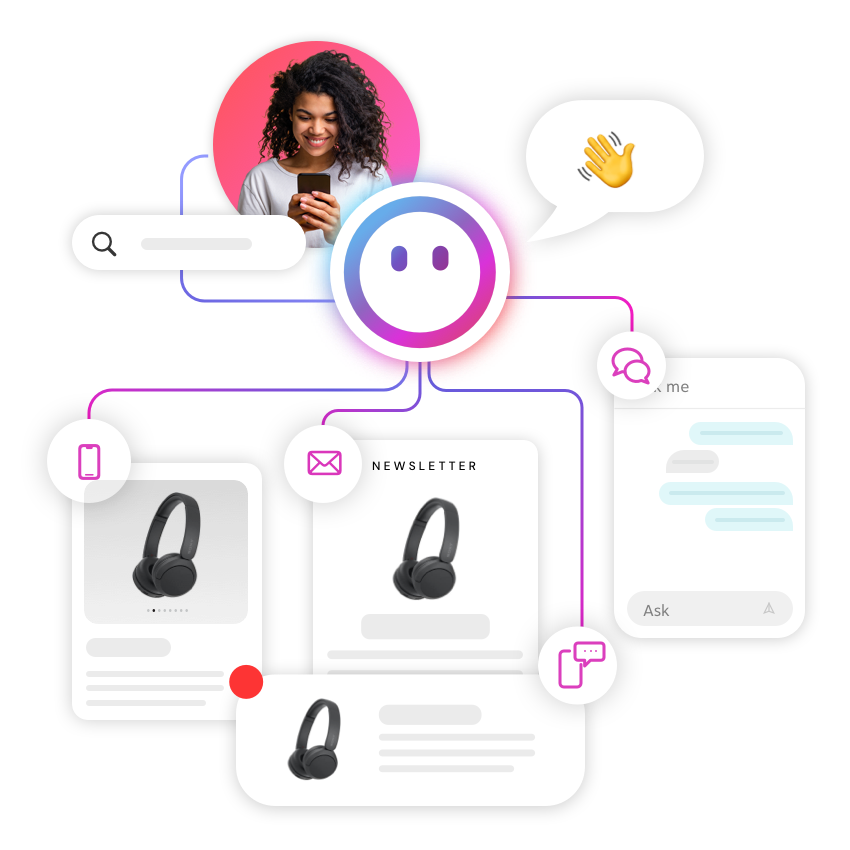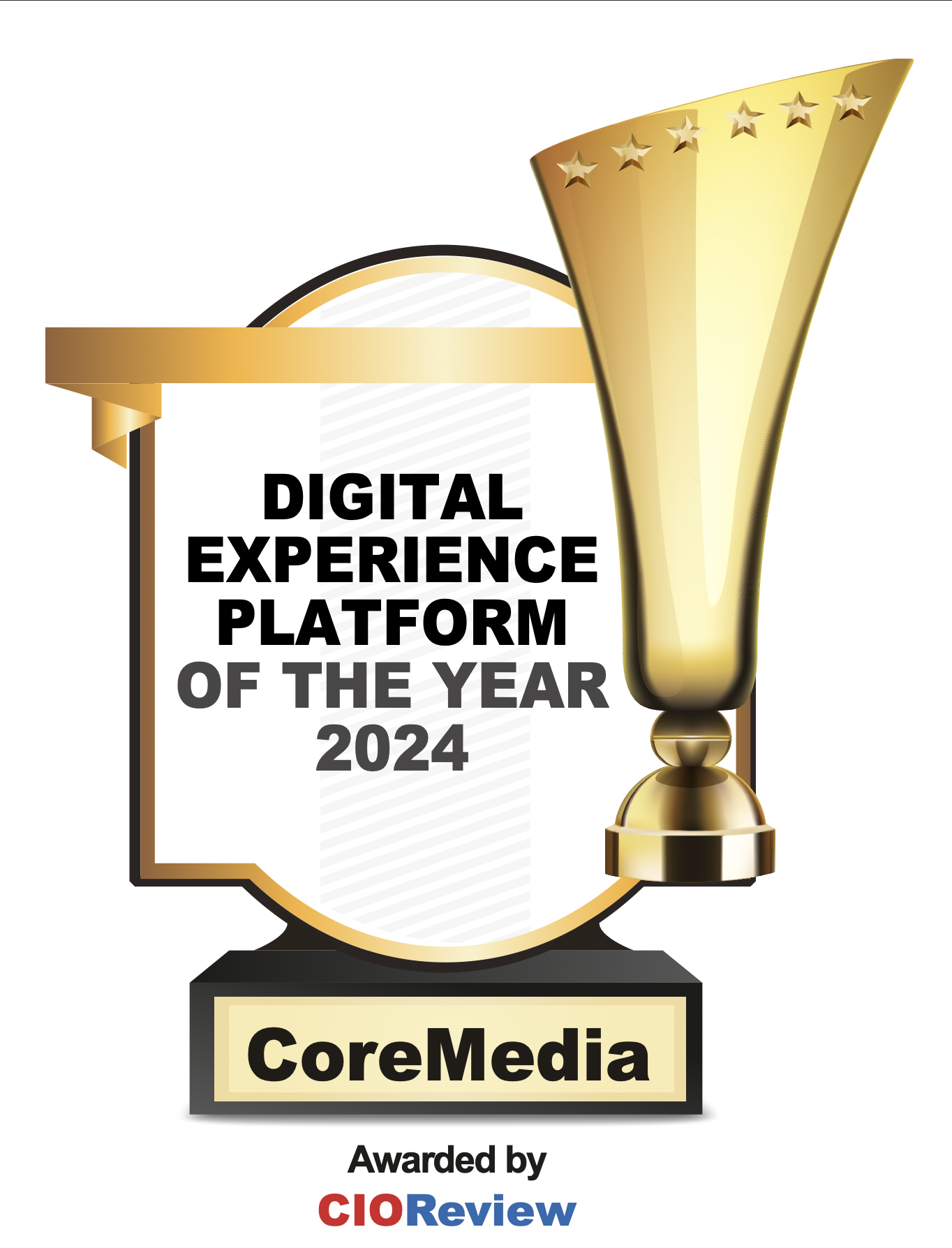Businesses are currently struggling in the wake of the cookieless era. With Google phasing out third-party cookies, marketers are losing a valuable tool for tracking and targeting customers. This makes it more difficult to target advertising to the right audience and deliver hyper-personalized experiences as before, but it opens up a world of possibilities to create new tailored experiences and build meaningful relationships based on trust.
In this article, we’ll discuss the challenges businesses face without third-party cookies, how to create personalized experiences with zero and first-party customer data, and the process of building the so-called digital trust.
The challenges of a cookieless world
The end of third-party cookies brings several challenges, including:
Reduced tracking capabilities: Businesses will have a harder time tracking user data and targeting customers across devices and platforms without third-party cookies. A survey by Statista found that 75% of marketing and customer experience leaders heavily relied on third-party cookies, making it harder to deliver personalization and reach the right customers with the right message.
Increased privacy concerns: Consumers are becoming more concerned about privacy and less likely to share personal information with businesses. For example, 41% of consumers don’t want advertisers to use tracking cookies. This presents a challenge in collecting the necessary information to build customer profiles and create tailored experiences.
Increased competition: The cookieless era is raising the stakes for companies, as everyone encounters the same new challenges. Brands must continue to innovate and find new ways to personalize their experiences, in order to earn customer trust and stand out from the competition.
How to create personalized experiences
Establishing a zero and first-party data strategy
Google is phasing out only third-party cookies, not all of them. This means that businesses can and should leverage alternative data sources, such as zero and first-party cookies, to derive value. According to Boston Consulting Group, brands harnessing first-party data in advanced marketing activations were able to achieve 1.5X – 2.9X higher revenue uplift.
Zero-party data, a term introduced by Forrester, refers to the information that is voluntarily shared by consumers, directly reflecting their preferences. This data can be obtained from surveys, configurators, customized account configurations, product preferences, and more.
First-party data is derived from consumer interactions with the brand’s owned websites, apps, or physical stores, providing indirect insights into their behavior. Examples include customer demographics, purchase history, website and app activity, sales interactions, support requests, and interests.
By incorporating various sources to collect zero and first-party data and integrating these inputs, businesses can better understand customer preferences, the context of their interactions, and touchpoints where preferences are formed. This approach enables more effective personalization, targeted marketing efforts, and the cultivation of lasting customer relationships.
Adopting the right tools
To turn these insights into action, it's crucial to be backed by the right, future-proof tools. While there isn't a one-size-fits-all formula, it's safe to say that you need to establish a solid foundation for personalized content to shine. This foundation is the Content Management System (CMS).
The CoreMedia Content Cloud serves as a valuable ally in leveraging customer data to create personalized experiences. By integrating CRM and e-commerce data with CoreMedia Content Cloud, it provides marketing automation and AI-driven personalization tools through user-friendly connectors. This enables the delivery of hyper-personalized content experiences that foster meaningful relationships.
The key to build customer trust
Despite the challenges, businesses now have the opportunity to rebuild digital trust. A Deloitte survey revealed that 65% of respondents expressed concerns regarding the excessive use of cookies and its potential impact on their personal data. This alarming statistic emphasizes the urgency for companies to begin establishing trusting relationships.
Be transparent about data practices
Companies need to be clear about how they collect, use and share customer data. This is crucial, since 81% of users believe the way a company treats their personal data is indicative of the way it views them as a customer. Therefore, brands must keep customers informed about data practices and how gathered information is utilized. Additionally, consumers should be given the option to opt out of tracking and easily request the deletion of their personal information. It's also essential to actively address customer concerns about privacy and security.
Offer value in exchange for data
Offering value in exchange for data is a key step in building a win-win relationship. Consumers are becoming more conscious of the value of their data and are increasingly inclined to share it if they receive benefits in return. According to Accenture, 83% of consumers are willing to share their information if this means having a more personalized experience.
This value can be manifested through personalized recommendations, exclusive offers, early access to new products or services, enhanced customer support, or even access to educational content. The possibilities are endless, it’s all about what resonates with the audience.
Provide tools to help customers make informed buying decisions
A guided-selling strategy is key to leveraging the gathered information. It involves assisting customers in choosing the product or solution that best fits their needs and preferences. When making suggestions, being transparent and honest is not merely optional but mandatory. Instead of attempting to upsell unnecessary products or making unrealistic claims, a guided selling approach prioritizes delivering value and aiding customers in making well-informed decisions — an essential step in the process of building trust.
Conclusion
The transition to a cookieless era may pose significant challenges for businesses but also presents new and exciting possibilities.
Embracing this change requires transparency in existing practices, a shift towards zero and first-party data strategies, and the adoption of the right tools. By doing so, companies can not only navigate this new reality, but also cultivate loyalty with their customers in ways we haven’t seen before.
The key lies in clear and proactive communication, value-driven data exchange, and useful assistance in purchasing decisions. Through these efforts, businesses will not only adapt to the cookieless world but stand out, forging stronger connections with the audience.
Are you still trying to address reduced tracking and privacy concerns? Let's discuss how CoreMedia can help you drive personalization and trust in a cookieless world.








